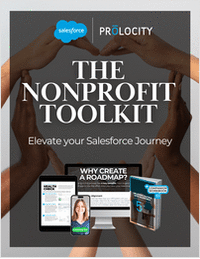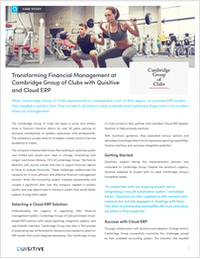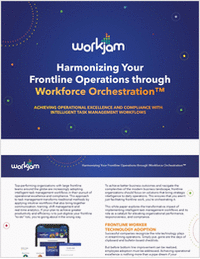Engineering Resources
Research Library
The top resource for free research, white papers, reports, case studies, magazines, and eBooks.
- Agriculture
- Automotive
- Career
- Construction
- Education
- Engineering
- Finance
- Food and Beverage
- Government
- Healthcare and Medical
- Human Resources
- Information Technology
- Data Infrastructure
- Data Tools
- Desktops, Laptops and OS
- Chip Sets
- Collaboration Tools
- Desktop Systems - PCs
- Email Client
- Embedded Systems
- Hardware and Periferals
- Laptops
- Linux - Open Source
- Mac OS
- Memory Components
- Mobile Devices
- Presentation Software
- Processors
- Spreadsheets
- Thin Clients
- Upgrades and Migration
- Windows 7
- Windows Vista
- Windows XP
- Word Processing
- Workstations
- Enterprise Applications
- IT Infrastructure
- IT Management
- Networking and Communications
- Bluetooth
- DSL
- GPS
- GSM
- Industry Standard Protocols
- LAN - WAN
- Management
- Mobile - Wireless Communications
- Network
- Network Administration
- Network Design
- Network Disaster Recovery
- Network Interface Cards
- Network Operating Systems
- PBX
- RFID
- Scalability
- TCP - IP
- Telecom Hardware
- Telecom Regulation
- Telecom Services
- Telephony Architecture
- Unified Communications
- VPNs
- VoIP - IP Telephony
- Voice Mail
- WAP
- Wi-Fi (802.11)
- WiMAX (802.16)
- Wide Area Networks (WAN)
- Wireless Internet
- Wireless LAN
- Security
- Servers and Server OS
- Software and Web Development
- .Net Framework
- ASPs
- Application Development
- Application Servers
- Collaboration
- Component-Based
- Content Management
- E-Commerce - E-Business
- Enterprise Applications
- HTML
- IM
- IP Technologies
- Integration
- Internet
- Intranet
- J2EE
- Java
- Middleware
- Open Source
- Programming Languages
- Quality Assurance
- SAAS
- Service-Oriented Architecture (SOA)
- Software Engineering
- Software and Development
- Web Design
- Web Design and Development
- Web Development and Technology
- XML
- Storage
- Life Sciences
- Management
- Manufacturing
- Marketing
- Meetings and Travel
- Multimedia
- Operations
- Retail
- Sales
- Trade/Professional Services
- Utility and Energy
- View All Topics
- Featured eBooks
- Trending Resources
- New Resources
- Promote Your Content
- Partnership Opportunities
- Get RSS Updates
- About TradePub.com
- FAQ
- Contact Us
Share Your Content with Us
on TradePub.com for readers like you. LEARN MORE
Request Your Free White Paper Now:
"The Hidden Cost of Dark DR"
The Economic Argument for Active/Active Operations
Traditional Disaster Recovery (DR) methods rely on an active/passive model in which enterprises maintain business continuity by failing over from active systems to secondary, idle systems (typically in a geographically disparate location) configured to be similar or identical to the primary systems. From an operations perspective, the passive systems remain “dark” until needed, leading to the active/passive being commonly called “dark DR.”
In contrast, the active/active model constantly shares operations between two active sites. If Site A fails, then its workload flows to Site B. Both sites have sufficient capacity to accommodate the full operational load, although the higher utilization may result in a marginal performance drop during the failover.
Both models have their pros and cons. Traditionally, active/active operations were seen as too expensive and technically challenging to implement. New technologies at the data tier mitigate the technical risk, and a deep cost analysis reveals only a 20% premium for active/active operations, which deliver a far superior uptime and performance experience (see following graphic and “Economics” graphic on Page 4.) Given organizations’ intolerance for downtime in this environment of digital transformation, active/active is the clear choice for running operations today.
Offered Free by: ScaleArc
See All Resources from: ScaleArc








